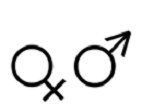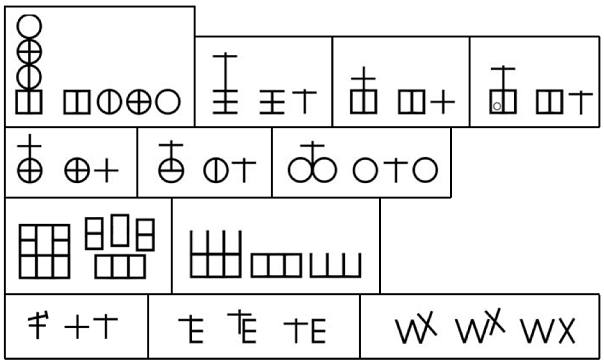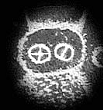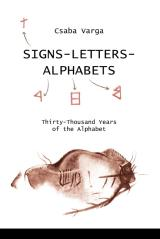|
Ligatures emerged duly
on ancient written artifacts. Since the oldest find bears numerous
ligatures, and even later this way of sign building emerges quite
frequently, it is very likely that this writing method is about the
same age as the proto-alphabet.
I must state that
according to modern results the contraction of letters has always
been up to the person who was putting down those letters. If that
person was not in the mood to create ligatures, the text he or she
was writing, was completed with no ligatures in it. This must have
been the same way in ancient times, too, as most of the uncovered
text-fragments included ligatures, one or two at a time, scattered
among the rest of the characters.
The foremost point of
ligatures is that the compound signs need to be read out sound by
sound. Here is an example to show this, according to the modern
pronunciation of letters:

The ligature above reads like this: PAX
Our ancestors used
ligatures daily. They must have enjoyed using them as their
imagination could have indeed come into full display. They built
ligatures from concepts rendered to signs as well:

The Sumer ligature above
according to a Sumer meaning of 4-5.000 years reads “big family”,
and “children”, “goat-kids” (See it in details in the Sumer chapter
of the book).

The above modern
ligature could have been easy for anyone 31.000 years ago as the
four signs that make it up are included in the proto-alphabet as
well, and sign-compounds exactly like this did exist at that time (Sign
“+” would pass as a concept in connection with family also in the
Sumer language. Why is it so – I do not know).
Generally speaking, therefore, phonetic ligatures are syllables or
words when uttered, ligatures built from or on concepts, read one
after the other, are
(at least) simple sentences. Each sign-compound can be understood at
their utterance. According to the above: every ligature can be
uttered. A ligature is easy to spot: the basic signs are always
clearly seen. Below is the collection of the so far discovered
ligatures (along with the single elements that make them up). The
cultural historical importance of these ancient sign-combinations is
invaluable.

From the Lascaux-“cages”
I present here but two at this point, I have already brought to the
reader the whole scale of similar signs. It is interesting to note
that the ligatures (found on the bone-flute and in Alvao) in the
bottom row point to sound writing.
 |
 |
 |
|
Pyrenees, 31.000 B.C. |
Arabic Peninsula,
approx. 8-3.000 B.C. |
The Alps, approx.
6-2.000 B.C. |

Signs-
Letters - Alphabets
Anima Könyv:
Signs-Letter-Alphabets
|